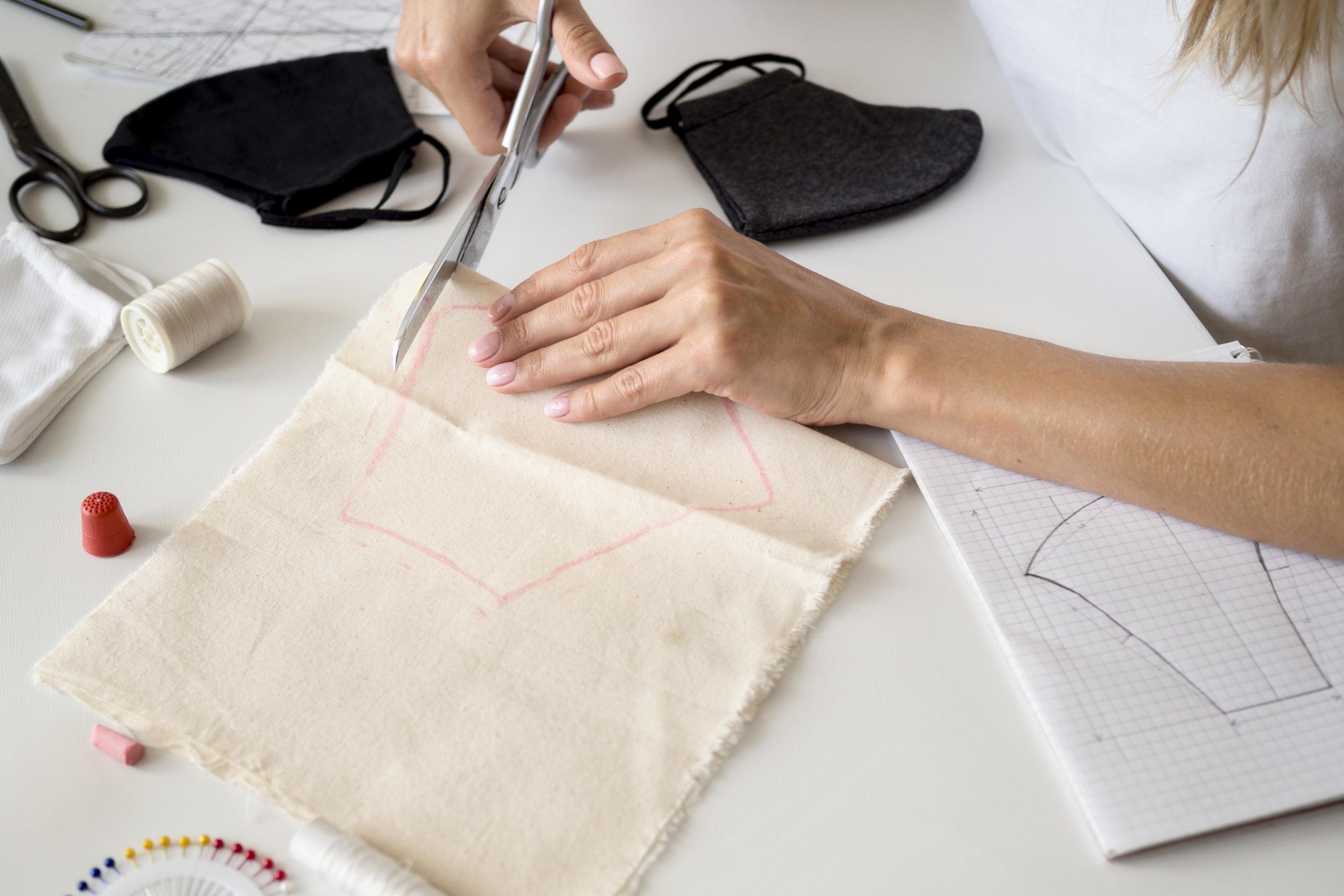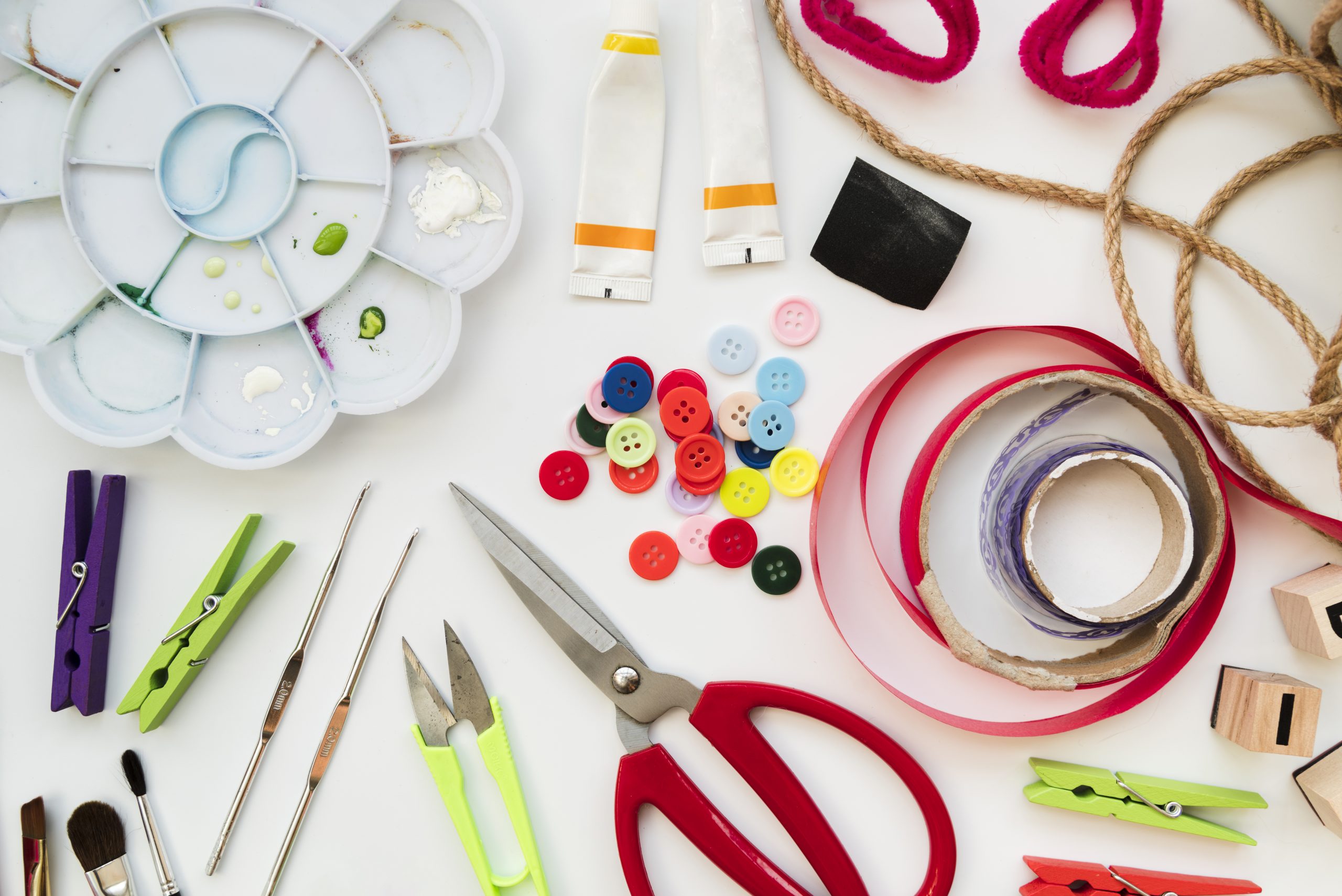Sewing is a creative and fulfilling hobby, but it doesn’t have to be expensive. Whether you’re new to sewing or an experienced crafter, there are plenty of ways to save money while still creating beautiful projects. Here are some tips for sewing on a budget without compromising on quality or creativity.
1. Use Discounted Fabrics
One of the easiest ways to cut costs is to shop for fabric on sale or at discounted outlets. Many fabric stores offer clearance sections where you can find high-quality materials at a fraction of the price.
Where to Look:
- Local fabric stores: Always check for sales or end-of-season discounts.
- Online fabric shops: Websites often offer significant markdowns, especially on off-season fabrics.
- Thrift stores and second-hand shops: You can often find old clothes or linens that can be upcycled into fabric for your projects.
Tip: Look for fabrics like cotton, linen, and polyester, which are affordable and versatile for various projects.
2. Repurpose Old Clothing
Before tossing out your old clothes, consider repurposing them for your sewing projects. T-shirts, denim jeans, and old skirts can be transformed into new items like tote bags, cushions, or even quilts.
Benefits of Repurposing:
- Cost-effective: You’re using materials you already own.
- Sustainable: You’re helping the environment by reusing fabric.
- Creative: Upcycling adds a personal touch to your creations.
Tip: Use fabric from garments that are still in good condition, especially the parts that haven’t been worn out, such as sleeves, collars, and hems.
3. Buy Sewing Supplies in Bulk
Buying sewing supplies in bulk can help you save money in the long run. Things like thread, needles, zippers, and buttons are typically inexpensive, and buying in bulk will reduce the price per item.
What to Buy in Bulk:
- Thread: A good quality spool of thread can last a long time, so purchase it in neutral colors (like white, black, and gray) that can be used for many projects.
- Needles and pins: These small tools last for a long time, making bulk purchases a smart move.
Tip: Check out wholesale suppliers online for bulk deals or join a sewing group where supplies can be shared.
4. Use Free Patterns
Instead of purchasing expensive patterns, look for free ones online. Many sewing blogs and websites offer downloadable patterns for a variety of projects, from clothing to home décor.
Great Sources for Free Patterns:
- Sewing blogs: Many experienced sewers share free downloadable patterns on their websites.
- Pinterest: A treasure trove of free patterns for every type of project.
- Pattern libraries: Sites like Sew Mama Sew or BurdaStyle offer a selection of free patterns.
Tip: Make sure to read reviews or instructions to ensure the pattern fits your sewing skill level.
5. Choose Simple Projects
If you’re new to sewing or want to save money, start with simple projects that don’t require expensive materials or complicated techniques. Items like pillowcases, tote bags, and scarves are budget-friendly and great for beginners.
Benefits of Simple Projects:
- Low cost: They often require less fabric and basic supplies.
- Quick results: You can finish them in a shorter amount of time.
- Skill-building: They allow you to practice sewing while learning new skills.
Tip: Look for projects that use straight seams and basic techniques before advancing to more intricate designs.
6. Invest in Multi-Purpose Tools
While some specialty sewing tools can be pricey, there are a few tools that can be used for multiple purposes, saving you money in the long run.
Multi-Purpose Tools:
- Rotary cutter and mat: Great for both quilting and garment sewing.
- Straight pins and safety pins: Essential for various types of sewing projects.
- Fabric glue or fusible interfacing: Can be used as a substitute for sewing in certain areas, saving time and effort.
Tip: Look for tools that can perform a variety of functions so you don’t have to buy multiple gadgets.
7. Sewing Machine Care
Taking care of your sewing machine is essential for its longevity. By maintaining it properly, you can avoid costly repairs and ensure smooth stitching for years to come.
Tips for Machine Care:
- Regular cleaning: Keep your machine free from lint and dust.
- Oil it regularly: Follow your machine’s manual to oil the moving parts.
- Use the right needle and thread: Using the wrong type can cause damage and increase wear and tear.
Tip: Follow the manufacturer’s instructions for care to keep your sewing machine running smoothly.
Final Thoughts
Sewing on a budget is possible with a little creativity and planning. By using discounted fabrics, repurposing old clothing, buying supplies in bulk, and choosing simple projects, you can enjoy the art of sewing without breaking the bank. Remember, the best sewing projects are the ones you put your heart into—no matter the cost!
Pro Tip: Keep a fabric scrap bin for small leftover pieces. They can be used for patches, appliqué, or small accessories, helping you minimize waste and maximize your resources.



